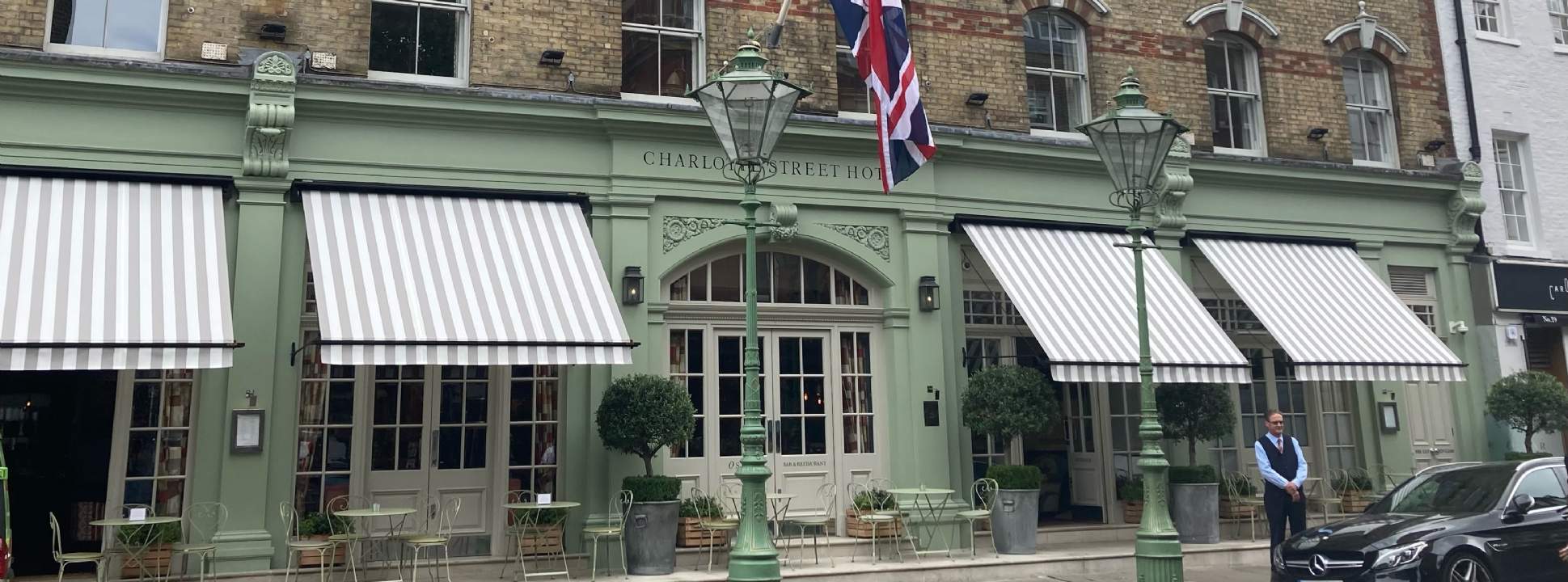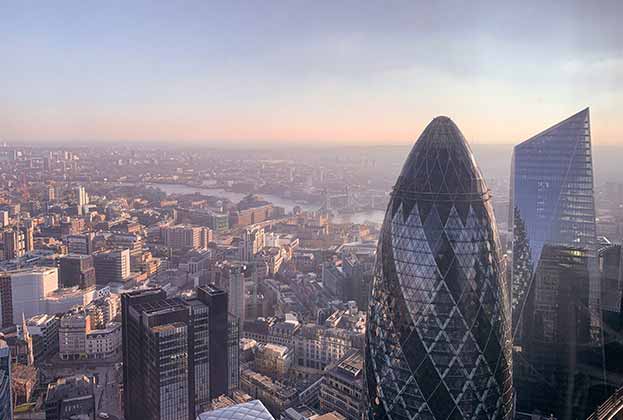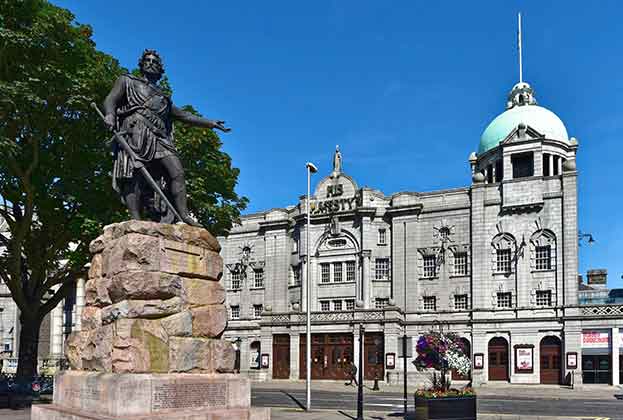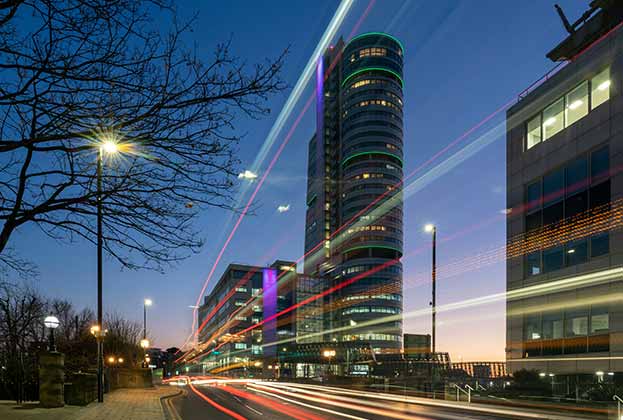With an attractive mix of some of London’s newest and most sustainable, state-of-the-art office buildings, alongside an assortment of other architectural styles ranging from Art Deco and Beaux-Arts through to warehouse conversions and modern architecture, there is a sense of tradition mixed with creative energy in Fitzrovia that makes it a favourite address of many Central London occupiers.
Charlotte Street, Rathbone Place and Great Titchfield Street have a similar buzz to locations in nearby Soho, but the Fitzrovia sub-market has a larger capacity for bigger buildings because it is not as limited by the Conservation Area status. As such, Fitzrovia has a far greater density of HQ buildings, with major occupiers including Estée Lauder, Facebook (Meta), Boston Consulting Group, Arup, Richemont, Take 2, the BBC, Gamesys and Freemantle Media, to name but a few.
With world-class restaurants, bars, galleries and retail, this is a vibrant place to both work and enjoy, alongside pockets of green space in which to relax. The area historically was a hodgepodge of different cultures and nationalities and is steeped in interesting history, being home to the famous, including artists, musicians, writers and many others.
The area benefits from five underground stations and five tube lines within a 10-minute walk, making it not only one of the most central sub-markets in London, but also one of the most well-connected. The revival of Tottenham Court Road, the long-anticipated completion of the new Elizabeth Line, and the associated improvement to public realm has further enhanced the attractiveness of Fitzrovia to major global office occupiers.
Until the 1990s, the submarket was home primarily to the historic rag trade which occupied low-quality affordable space, as well as PR businesses such as Saatchi & Saatchi. However, as traditional Mayfair and Soho occupiers grew they were forced to look outside their traditional locations, in part due to lack of supply of good quality office space but also for financial reasons. The landlords of Fitzrovia and Marylebone saw an opportunity to upgrade their buildings and capture some of this demand. Early movers, including some of the names aleady mentoned, were then followed by tech occupiers, including Facebook (Meta) and Netflix. More recently we have seen financial occupiers such as Apollo Asset Management and Exane move in this direction.
Fitzrovia in three questions
Best place for a coffee?
FC: One of the great things about Fitzrovia is the abundance of places you can grab a coffee. A favourite of mine is Lavelle for a flat white and some vegan millionaire shortbread.
KM-S: White Pine has to be one of my favourites. Coffee and plants – what more could you want?
Best place to meet a friend?
FC: The Social – a little hidden gem with a great vibe and live music. One to go to for a late night drink.
KM-S: I can’t just pick one place so I would like to give my top two choices. Rovi has to be one of my recommendations – I love all Ottolenghi restaurants but the atmosphere here really makes it stand out from the others. The Charlotte Street Hotel (pictured top) is also an institution and one of my favourites, either for a quick drink or a great meal.
Favourite fact about the area?
FC: Fitzrovia was named indirectly after Duke Henry Fitzroy, who was the only one of Henry VII's illegitimate sons that he acknowledged.
KM-S: The band Coldplay formed in Ramsay Hall, University College London accommodation on Fitzrovia's Maple Street.
Further information
Contact Freddie Corlett and Kate Miedzianowska-Sinclair
London offices: what's happening and where next in 2022

-impact-the-office-sector(1).jpg)

.jpg)






